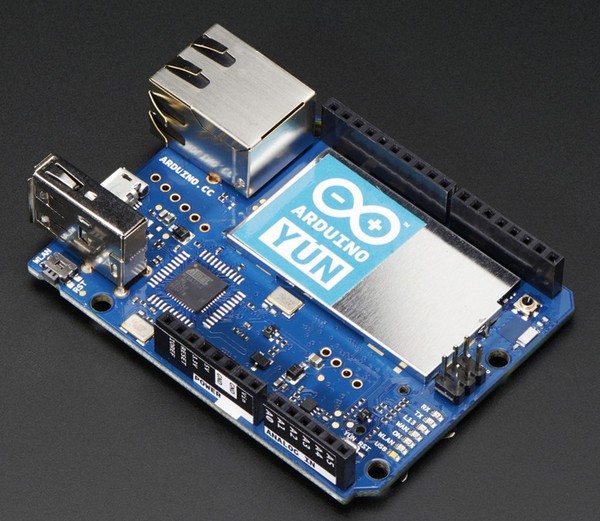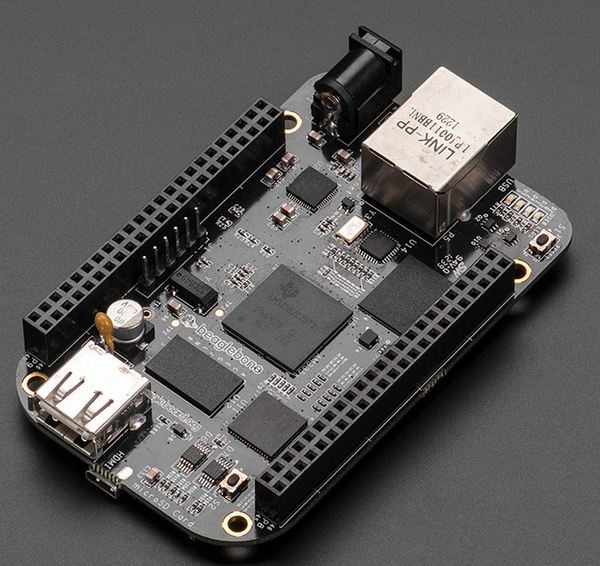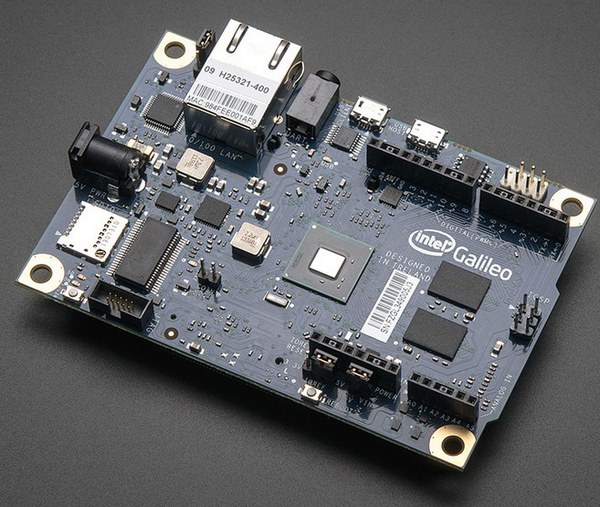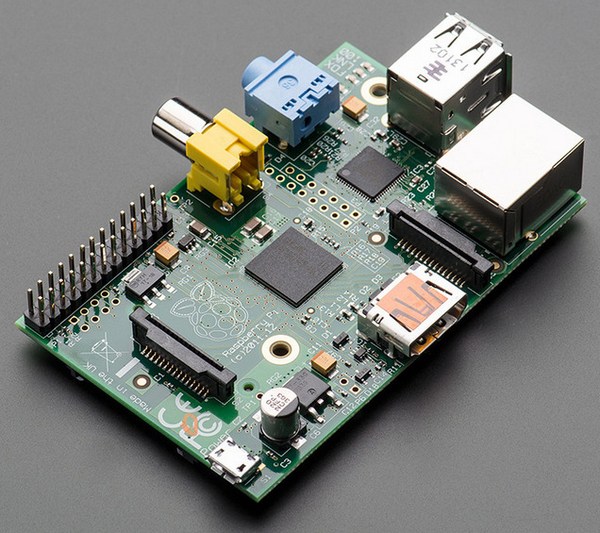Raspberry Pi, Beaglebone Black, Arduino Yun, and Intel Galileo--which one is right for you?
Have you heard about small Linux-based development boards like the Raspberry Pi or Beaglebone Black, but been confused about which one is best for you? This guide will compare the specifications, performance, power usage, and development experience of four popular Linux-based development boards to help you choose which is right for you!
The boards that will be covered in this guide include:
- Arduino Yun
- Beaglebone Black
- Intel Galileo
- Raspberry Pi
This guide will compare each board with an emphasis on their features and capabilities for maker and electronics projects. All of these boards run a version of Linux and are great for putting sensors, gadgets, and other hardware on the internet. However, you'll see there are quite a few differences in the hardware and capabilities that might make you prefer one board over the other.
Specifications
The following Tables 1 and 2 compares the specs and I/O capabilities of each board.
Table 1. The specs compares of each board
Table 2. Comparsion the I/O capabilities of each board
| Arduino Yun | BeagleBone Black | Intel Galileo | Raspberry Pi | |
| Digital I/O Pins | 20 | 65 | 14 | 17 |
| Digital I/O Power | 5 V | 3.3 V | 3.3 V or 5 V (switched with jumper) |
3.3 V |
| Analog Input |
12 with 10-bit ADC, 0-5 V |
7 with 12-bit ADC, 0-1.8 V (no external reference input) |
6 with 12-bit ADC, 0-5 V (no external reference input) |
None |
| PWM Output | 7 | 8 | 6 (limited speeds prevent fine servo control) |
1 |
| UART | 2 (1 wired to AR9331) | 4 | 2 (1 exposed through 3.5 mm jack) |
1 |
| SPI | 1 | 2 | 1 | 2 |
| I2C | 1 | 2 | 1 | 1 |
| USB Host | 1 standard A connector (AR9331) |
1 standard A connector | 1 micro AB connector | 1 (Model A) or 2 (Model B) standard A connector |
| USB Client | 1 micro B connector (ATmega) |
1 mini B connector | 1 micro B connector | None |
| Video Output | None | Micro HDMI | None | HDMI, Composite RCA, DSI |
| Video Input | None | None | None | CSI (camera) |
| Audio Output | None | Micro HDMI | None | HDMI, 3.5mm jack |
| Power Output | 3.3 V up to 50 mA, 5 V |
3.3 V up to 250 mA, 5 V up to 1 A |
3.3 V up to 800 mA, 5 V up to 800 mA |
3.3 V up to 50 mA, 5 V up to 300-500 mA |
| Other |
• All I/O routed to ATmega • Hardware compatibility |
• Real-time support with programmable real-time units. • Many pins have multiple functions such as I2S audio, CAN bus, etc. |
• Mini-PCI Express slot. • Real-time clock with optional battery. • Mixed compatibility with Arduino shields. |
Performance
To compare performance of the boards I used the nbench benchmark tool. This is an old tool that was originally created to measure the performance of early Pentium-class computers. When nbench runs it performs a series of tests which are meant to mimic real world workloads, like compressing data or training a neural network. Each test result is combined to build a score for the memory, integer, and floating point performance of each system.
For this test I compiled nbench for each board using GCC 4.7. I chose a minimum of optimization settings as the goal was to compare each board and not necessarily produce the fastest results.
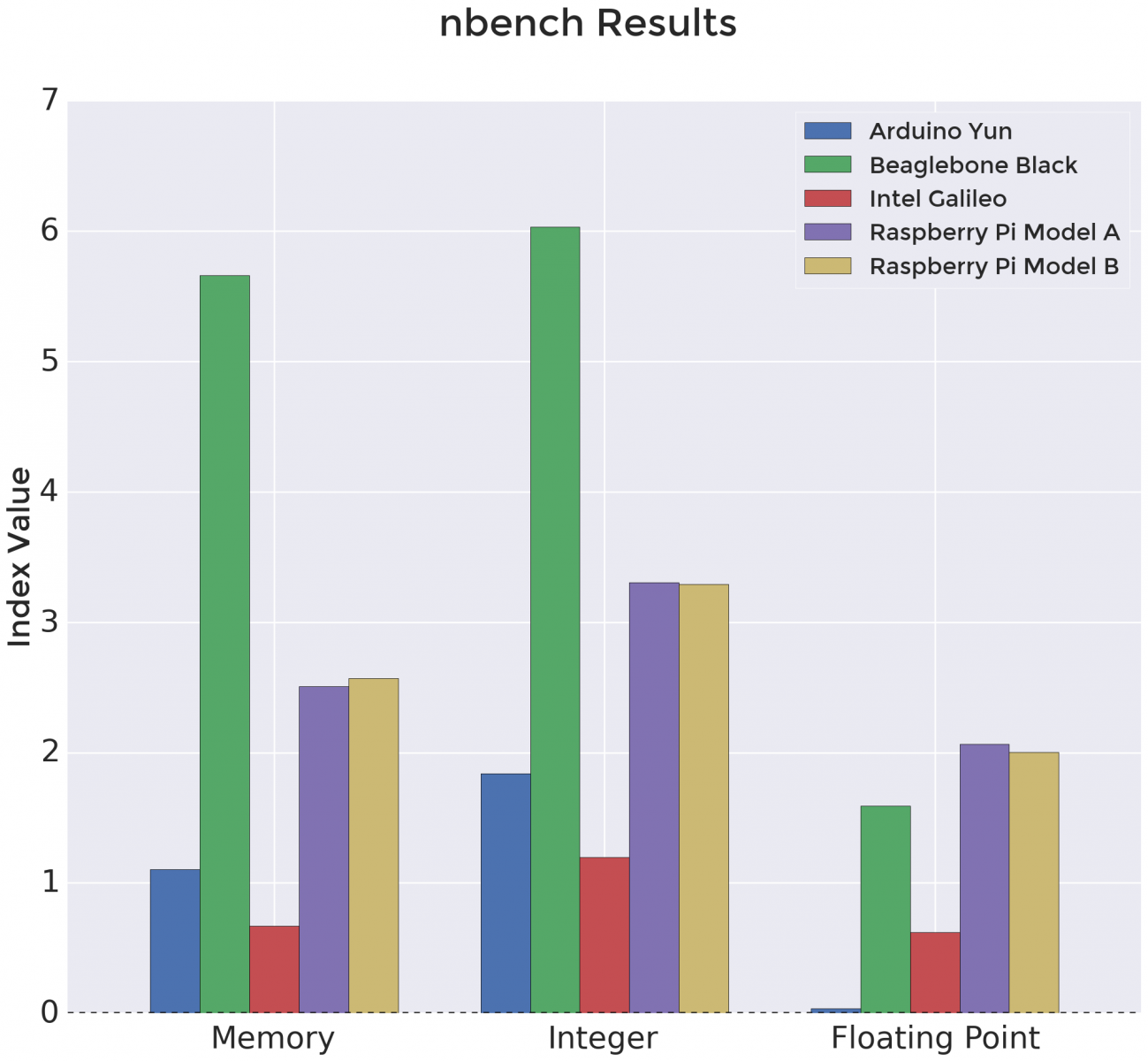 |
|
| Figure 1. | Performance of the boards. |
Table 3. nbench benchmark tool results
| Arduino Yun |
Beaglebone Black |
Intel Galileo | Raspberry Pi Model A |
Raspberry Pi Model B |
|
| Memory Index | 1.104 | 5.661 | 0.669 | 2.509 | 2.570 |
| Integer Index | 1.840 | 6.032 | 1.198 | 3.305 | 3.291 |
| Floating Point Index | 0.038 | 1.591 | 0.621 | 2.064 | 2.002 |
Looking at the results (Table 3), the Beaglebone Black has the strongest memory and integer performance. However the Beaglebone Black's floating point performance is slightly behind the Raspberry Pi. This can be explained because the ARM Cortex-A8 processor on the Beaglebone Black has a 'VFPLite' floating point unit which isn't as fast as other ARM FPUs. If you only care about performance and don't have a floating point heavy workload, the Beaglebone Black is a good board to consider.
Another interesting comparison is the Arduino Yun and Intel Galileo. Both boards run at the same 400mhz clock speed, but it's apparent the MIPS architecture of the Yun has slightly more performance than the Intel architecture of the Galileo. Floating point performance on the Yun is very low because it doesn't have a hardware floating point unit and must run those operations in software.
Finally, both the Raspberry Pi model A and model B are almost identical in performance. This result is expected because there is no difference between the processor on either board. The model B board only has more memory and peripherals compared to the model A. From a performance per cost standpoint, the model A board at $25 is quite impressive.
Part 2 – Power Usage, Temperature, Development
